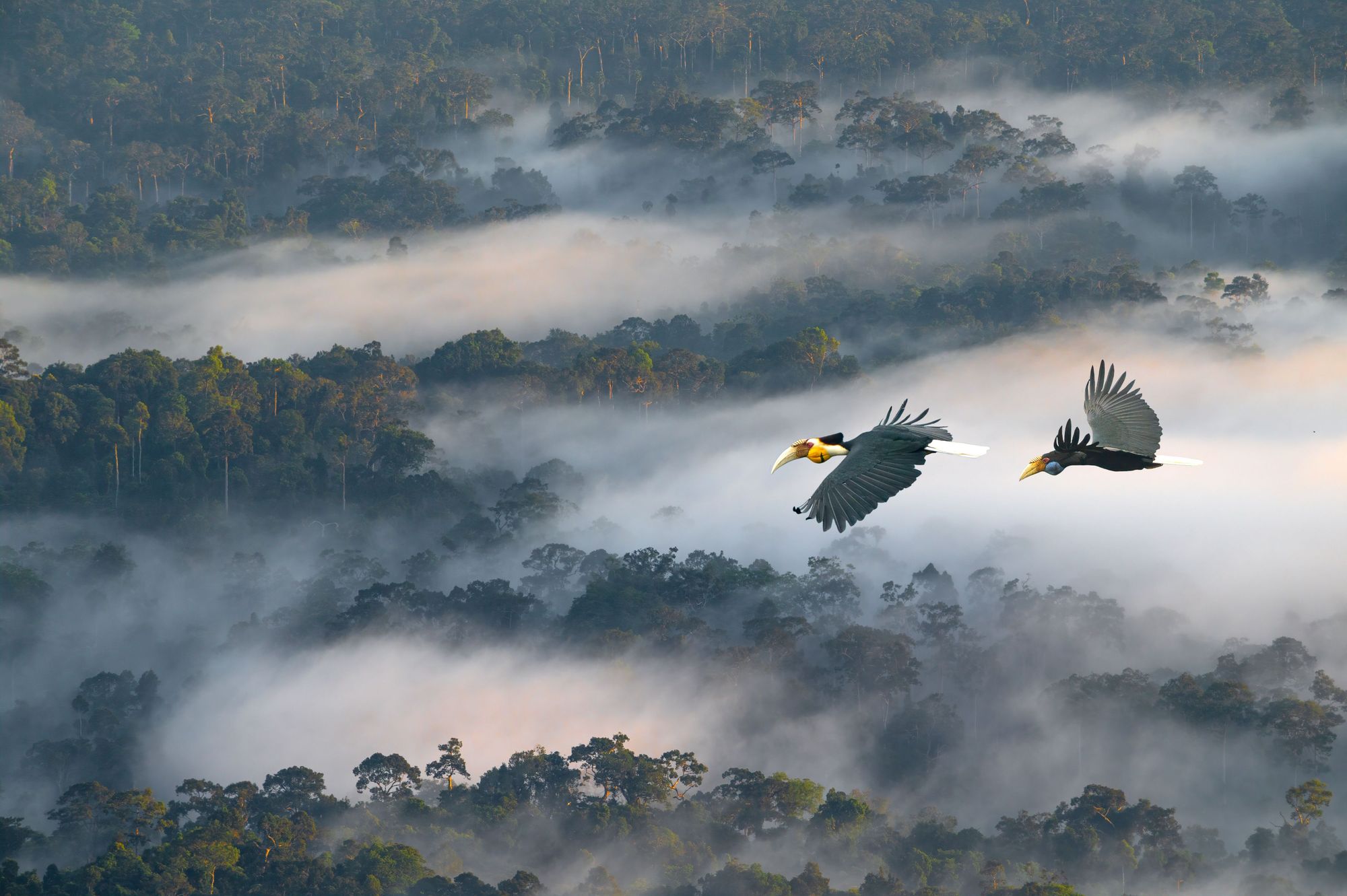Borneo is the world’s third largest island, and a place of one million year-old rainforests, wetland mangroves, 4,000m mountains, white sandy beaches and bustling biodiversity.
The island, which is split between the tiny sultanate of Brunei, Indonesia and Malaysia is one of the only two places in the world - the other being the island of Sumatra - where you can see orangutans swinging on trees in the wild. You can also watch fat-nosed proboscis monkeys, bump into pygmy elephants and listen to rhinoceros hornbills - a bird which looks like a toucan dressed up as a unicorn - making their distinctive barking call, before bursting out of the greenery to fly away.
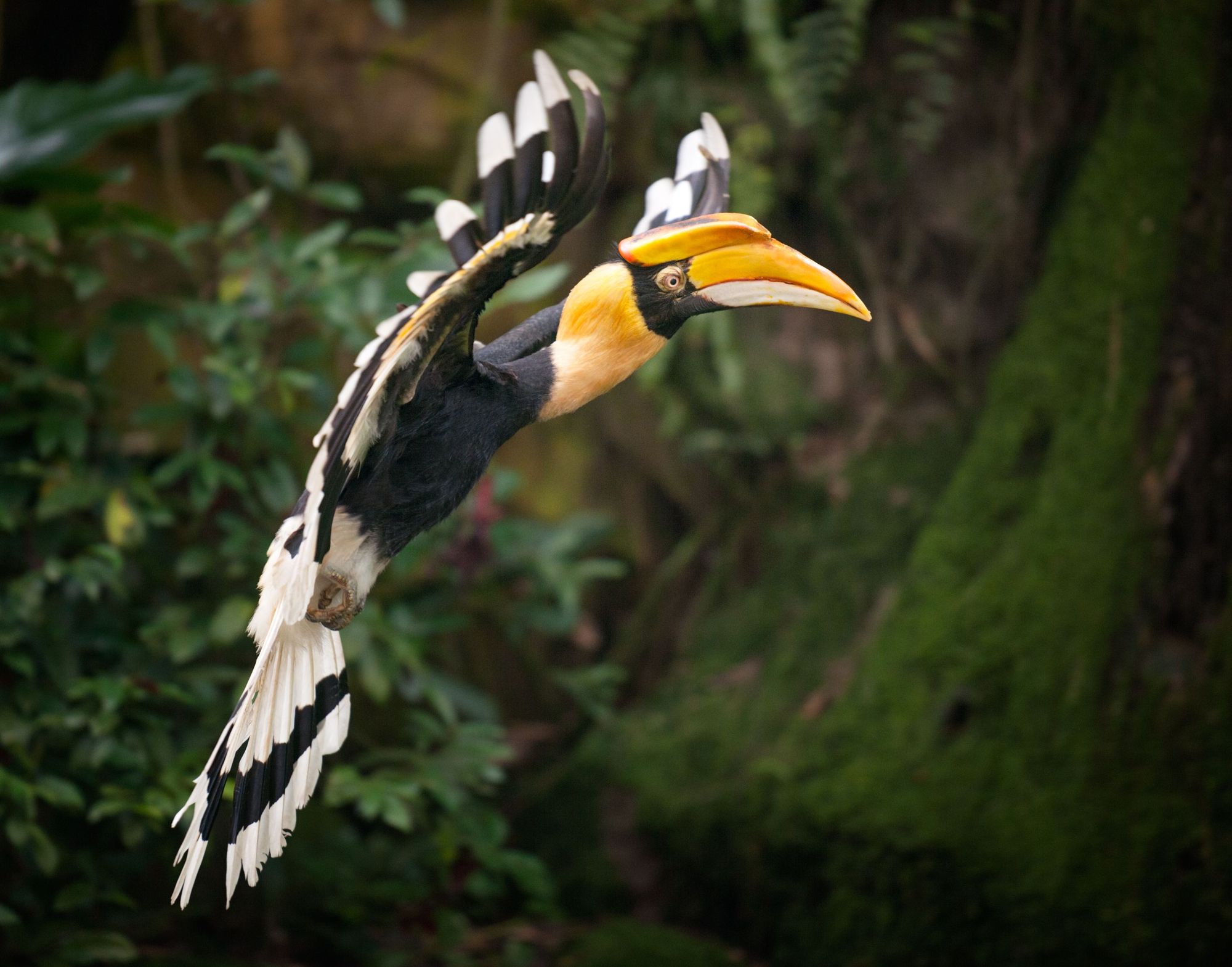
The most popular area of Borneo to visit is Malaysian Borneo, which is divided into the states of Sabah and Sarawak. Despite both states being home to remarkable national parks, vibrant biodiversity (and yes, orangutans), much of the tourist trail in Borneo is centred on Sabah. But a new adventure tourism movement is looking to spread that wealth to the national parks and cycleways of Sarawak, relieving some of the tourist pressures on Sabah in the process.

“Tourism here has been doing the same thing for the last 30 years,” says JC Chua, a Borneo and Malaysian native who runs Paradesa Borneo. “In Sabah, it’s been very over-commercialised, partly because of the proximity to China and Hong Kong, these mass tourist markets - but here in Sarawak we’ve not had that overtourism. And long may it continue. Here, I realised that the more authentic the trip is, the more that we're able to offer the people who come to visit."
This is our guide to exploring Sarawak, and getting the most from your adventure in Borneo.
Borneo: The Basics
- Currency? The Malaysian ringgit, Indonesian rupiah and Brunei dollar (depending on which area of the island you are visiting).
- Language? Bahasa Malaysian, though Chinese, Tamil and English are commonly spoken.
- Plug adapter? Type G (the same as UK).
- Do I tip? 10%-20% if satisfied.
- Average beer price? £1.22 (6.50 MYR).
- Nearest adventure? Wildlife Adventure in the Jungles of Borneo.
Where is Borneo?
Borneo is the world’s third largest island, and is split between three countries; the tiny sultanate of Brunei on the north coast, the Indonesian region of Kalimantan in the south and the Malaysian states of Sabah and Sarawak in the north - which are alive with jungle and wildlife.
The island spans a remarkable 288,869 square miles, making it bigger than any country in Europe, with the obvious exception of Russia.
Borneo sits between a collection of seas - the Sulu Sea to the northeast and Celebes Sea to the east (with the Philippines and Sulawesi also in that direction), the Java Sea and Jakarta to the south, and the South China Sea to the north, leading to China. Vietnam and Cambodia are northwest, while the mainland of Malaysia and Singapore are both just a short distance west.
Malaysian Borneo is split into Sabah and Sarawak, with Kota Kinabalu being the regional capital of Sabah in the north, and Kuching before the capital of Sarawak, in northwest Borneo.
The Wonderful Wildlife and Biodiversity of Borneo
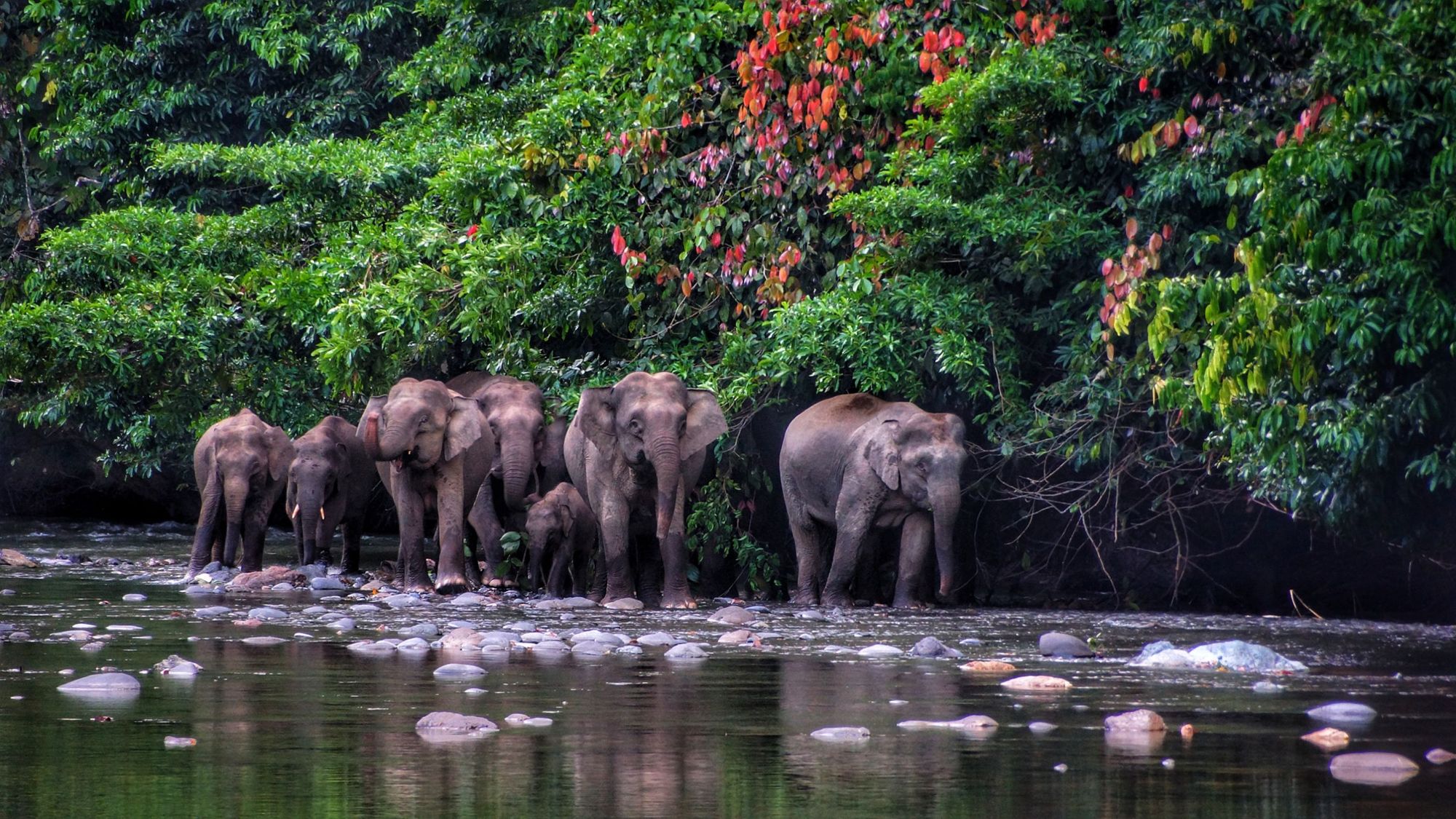
Borneo is renowned for the sheer range of biodiversity you can find across the island, which remembering the variety of landscapes - from rainforest and rivers to tropical waters and caves - and the fact that the island is bigger than France, probably shouldn’t be too much of a surprise.
Here, you’ll find the largest tropical trees on the planet, the highest being the 100.8m tall Yellow Meranti tree in the Danum Valley in Sabah, which is officially the tallest rainforest tree in the world. There are 3000 tree types in Borneo, with 300 species often being discoverable within a single hectare in the most diverse places. To put that into context, there are around 30 tree species in the UK.
This is famously one of the last two places on the planet where you can see an orangutan in the wild, as well as in the semi-wild of Sepilok or Semenggoh, where displaced orangutans (typically due to deforestation) are given sanctuary. These amazing animals share 97% of their DNA with humans. They play a crucial part in dispersing seeds across the rainforests which in turn helps to mitigate global climate change, acting as an enormously valuable carbon store.
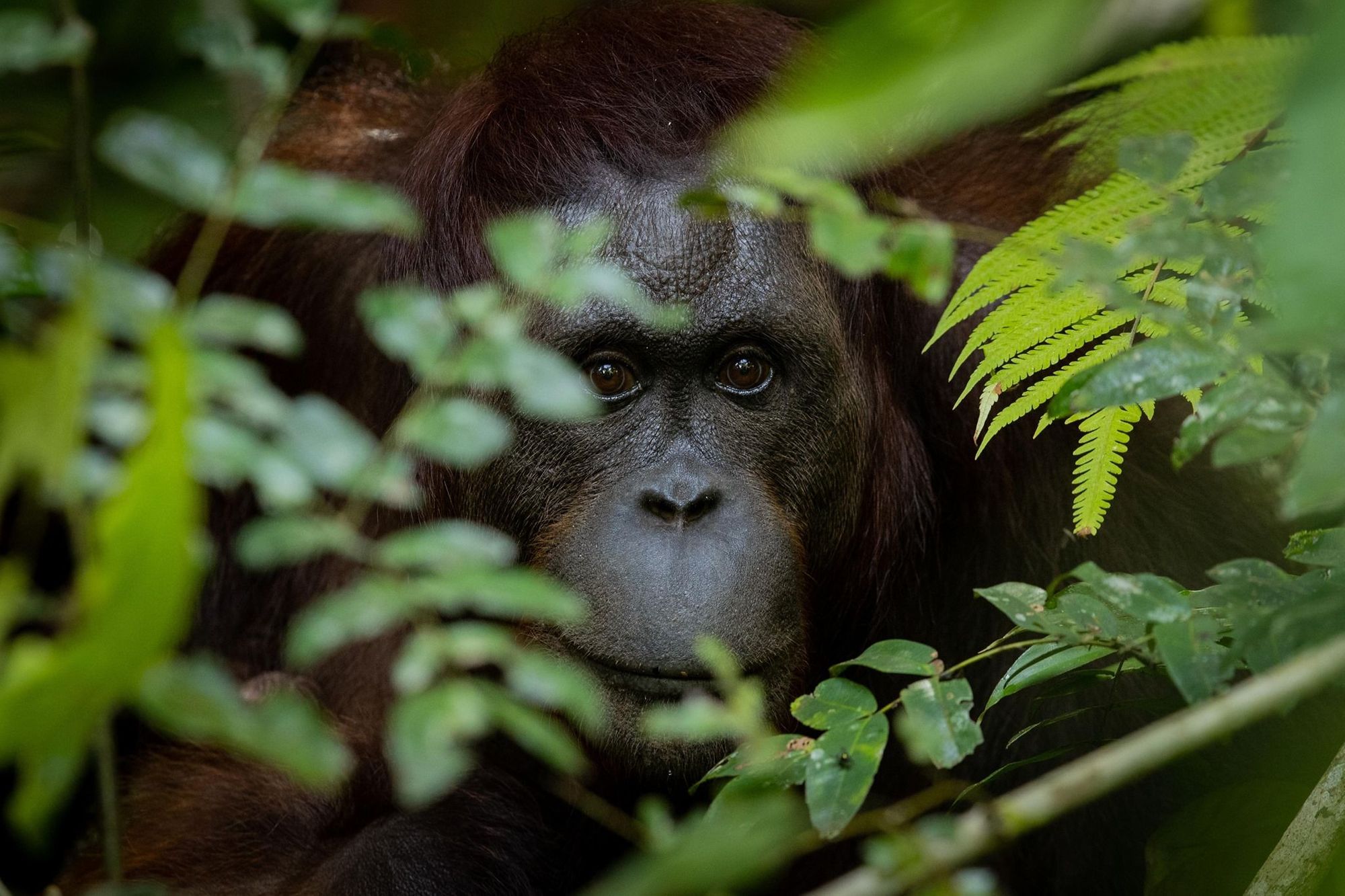
Alongside the iconic hornbill birds, which join the 6am cicadas in the morning call, and the proboscis monkeys, which can be seen in Bako National Park, you’ll find an array of other charismatic animals. There are over 220 mammal species in Borneo, 44 of which are endemic, meaning they’re only found on this island - plus, 420 types of bird, 100 amphibians and 394 fish.
These range from sun bears, porcupines, crab-eating macaques, clouded leopards and ferret badgers to fire-bellied toads, banded bullfrogs, blue-headed pitta birds, needlefish and puffer fish. Oh, and Borneo is also home to around 80,000 different types of insects - roughly a 10th of the amount on the rest of the planet - from hawk moths, which produce ultrasound barriers to fend off bats, to stunning atlas beetles and the cleaners of the jungle floor, the dung beetle.
Visiting Borneo: A 10-night Itinerary in Stunning Sarawak
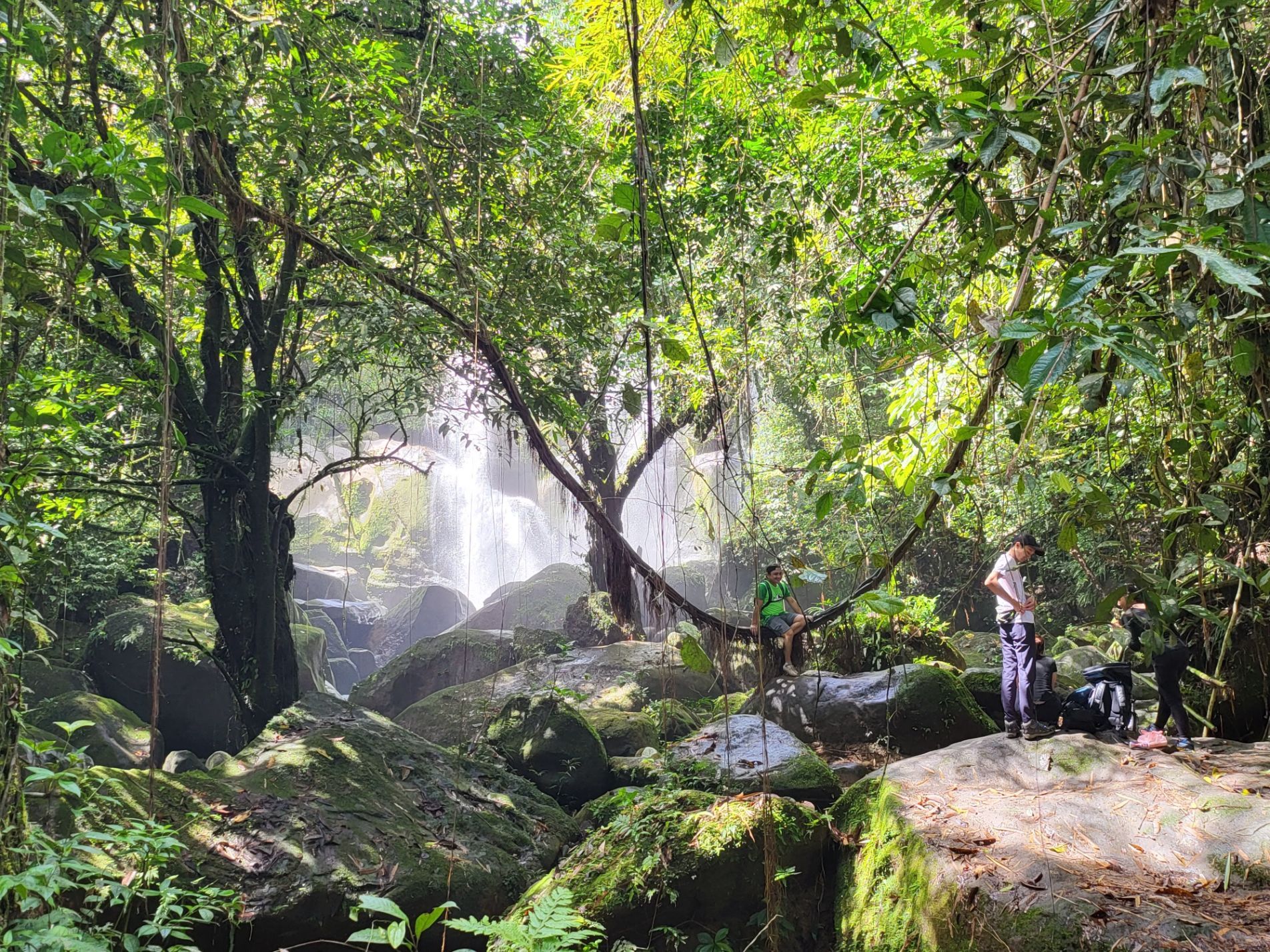
Most tours of Borneo start in Kuala Lampur in Malaysia and then head over to Kota Kinabalu or Kuching, dedicating a couple of days to each and using any additional time to explore some of the other remarkable areas - notably the Kinabatangan River or Gunung Mulu National Park.
Crucially, these trips also don’t involve a lot of exploration on foot - and certainly not by bicycle.

JC Chua travelled the world and worked in a rock-climbing, cycling and kayaking hotspot in China for around 15 years, before returning to Borneo to bring adventure tourism to his homeland. “I was looking around, and nobody seemed to be specialised in adventure here,” he says. “You would get some people doing a little hiking in a national park, but nothing that really goes out of the way. Everybody was offering the same thing - so I decided to start my company.
“The typical form of tourism here involves a lot of sitting in a van, and from Kuching, taking day trips back and forth. The furthest they might go is a two-night trip to the Iban longhouse area, then they would fly on to Sabah, which is better known, and where there are resort beaches. Tourism in Sabah is very high impact. We don’t have resort beaches in Sarawak. We have jungle - and our culture is much more low-key.”
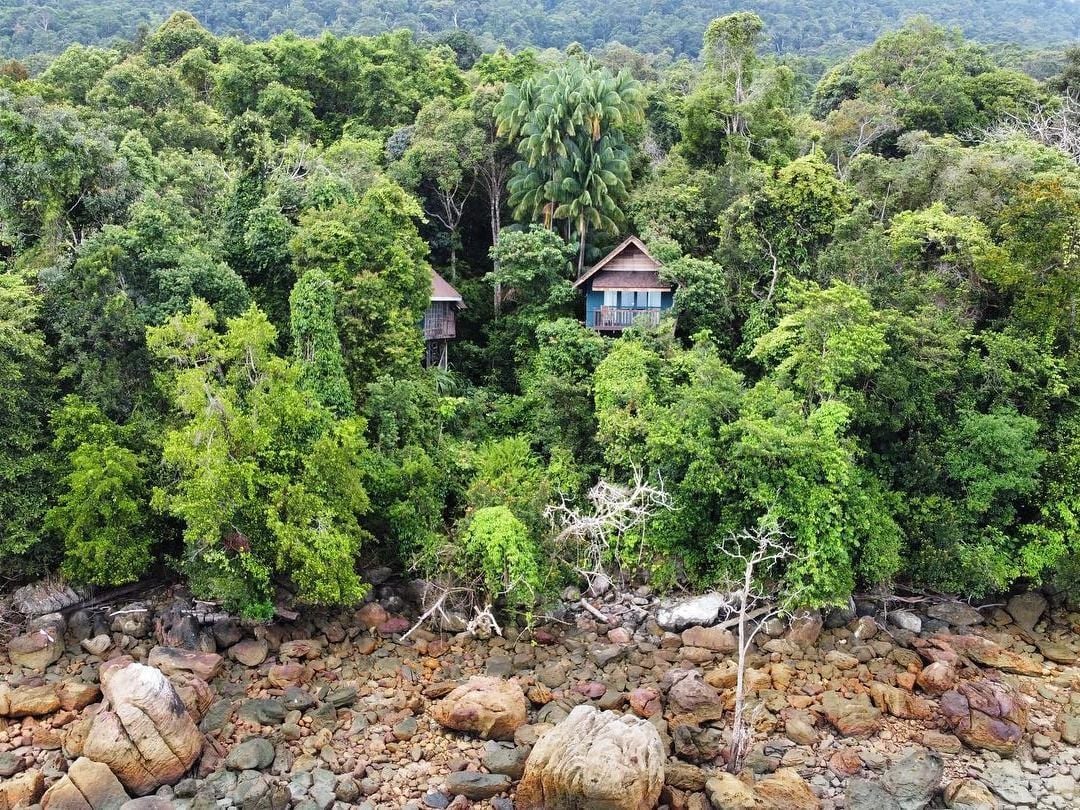
Those focusing on Sabah will stop by the orangutans at the Sepilok Orangutan Rehabilitation Centre, visit the bustling markets and waterfront mosques of Kota Kinabalu or snorkel with manta rays in the Tunku Abdul Rahman Marine Park. This area is also home to an array of boutique hotels and luxury resorts, and is often referred to as the Maldives of Southeast Asia.
It’s also common for a 10-day Borneo itinerary to include a visit to the colonial-era architecture of Kuching, in Sarawak, and explore the temples and vibrant street food scene, where the scents of soya sauces and barbecued pork rise up amongst the tight streets and red lanterns. But these stops tend to involve little more than a stop off in the city, and perhaps a quick visit to Bako National Park. Dive deeper into Sarwak and you’ll find a far more rewarding experience.
“We developed cycling adventures,” says Chua. “And then multi-discipline adventures - which involve kayaking, trekking and caving. It’s not been easy at times, pioneering this type of adventure. It takes time to prove to people you can do it - but we’ve put cycling tours on the map.
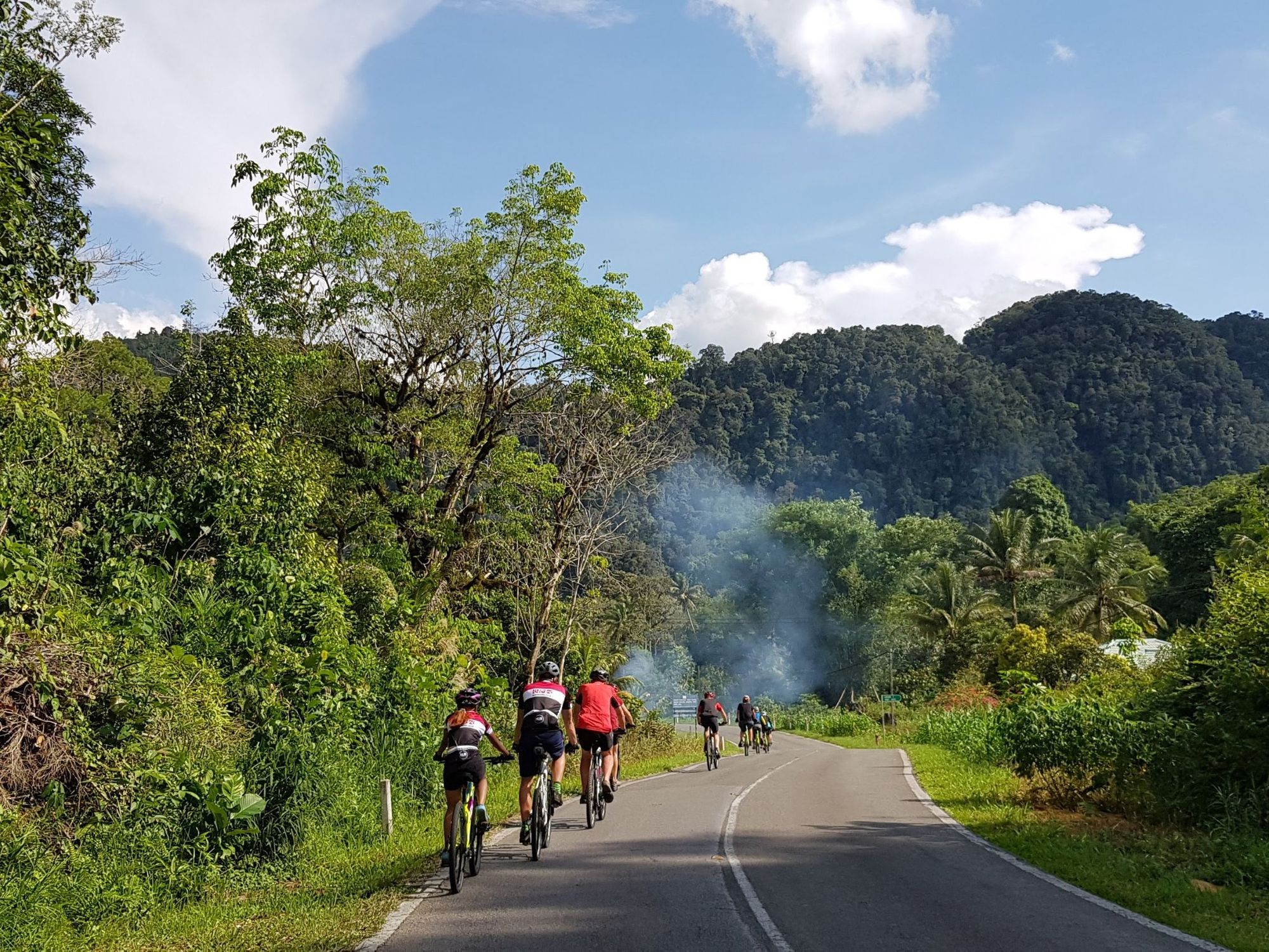
"As a cyclist myself, I love just going around the countryside on a bicycle, and being face to face with the locals. You see the chicken farms; the way of life that you don't see if you just drive past. And you get to visit all these little local shops and local cafes. It's really about connecting with locals - and with nature."
We’ve teamed up with Chua to offer a new adventure, exploring the less discovered side of Borneo. Here’s an example 10 day itinerary, based entirely around the beauty of Sarawak.
- Day 1: Arrive in Kuching. Cycle Kuching’s city’s heritage trail, exploring the old bazaars, temples, central square and Sarawak River. Cross the waterway on a traditional sampan ferry.
- Day 2: Head to Bako National Park to hike, keeping your eyes open for silver-leaf monkeys, long-tailed macaques, bearded pigs and the famous, endemic proboscis monkeys.
- Day 3: Transfer to a Bidayuh village near the border with Indonesia, and trek to Silabur Cave. Meet the indigenous community of Kampong Mongkos, and stay in a traditional longhouse.
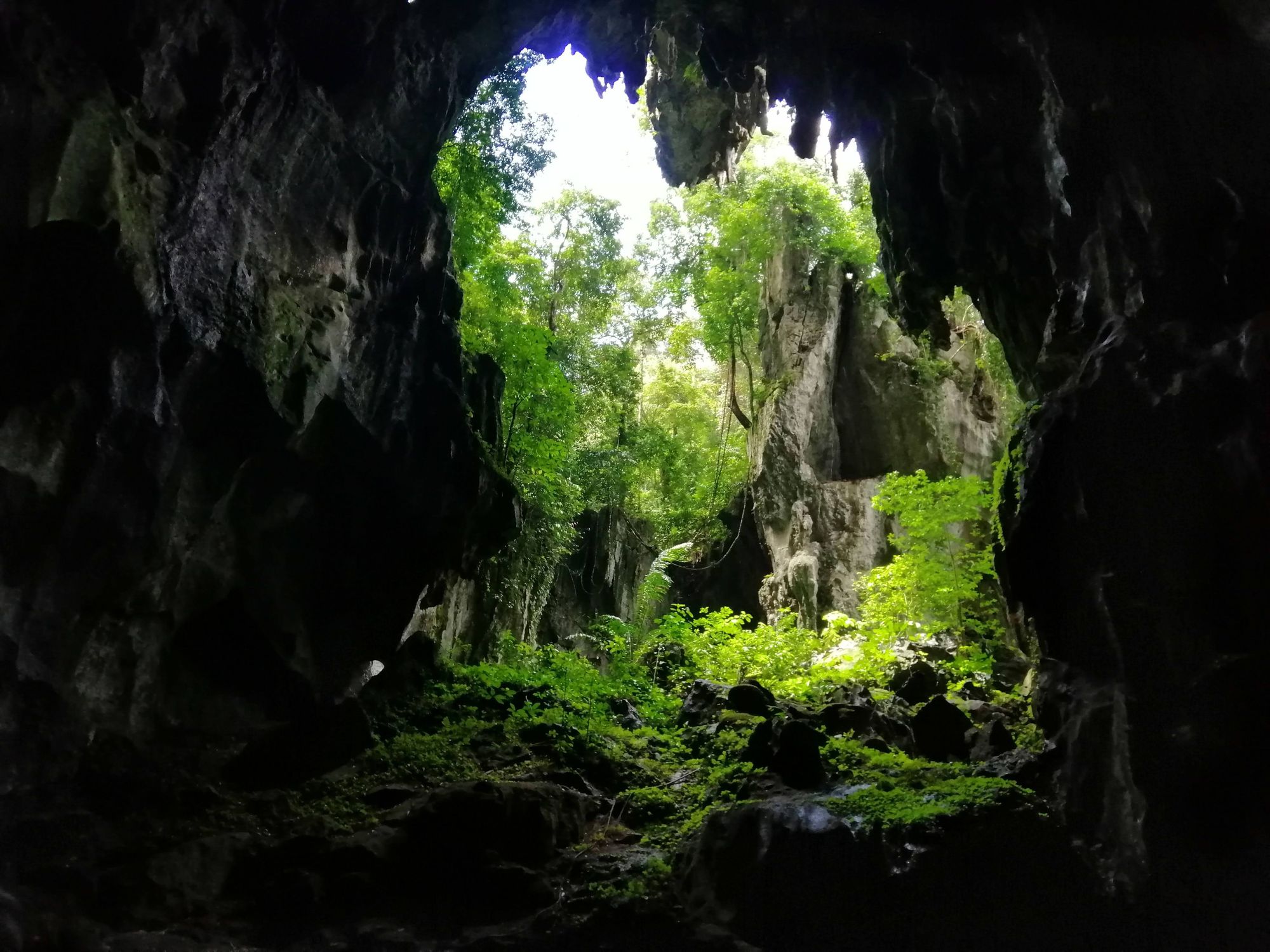
- Day 4: Trek to a jungle oasis accessed by boat from the Bengoh Dam jetty, returning to another Bidayuh village in Kampung Kandung, for an authentic homestay overlooking Bengoh Lake.
- Day 5: Paddle down the Sarawak River in an open-top kayak, staying in a Buddhist village.
- Day 6: Visit the Semenggoh Nature Reserve to see semi-wild orangutans, then hike in the Kubah National Park, through tropical rainforest.
- Day 7: Explore Tanjung Datu National Park, where the jungle meets the sea - ‘the Heaven of Borneo’. Keep an eye open for turtles.
- Day 8: Immerse yourself in the foliage of the Damai Peninsula, dominated by the stunning, lush greenery of Mount Santubong (810m).
- Day 9: Get to know the Santubong Peninsula on a stand-up paddleboard or kayak, then climb Mount Santubong, or visit Santang Turtle Island in the Talang-Satang National Park to snorkel.
- Day 10: Head back to Kuching Airport.
A Note on the Indigenous People of Borneo
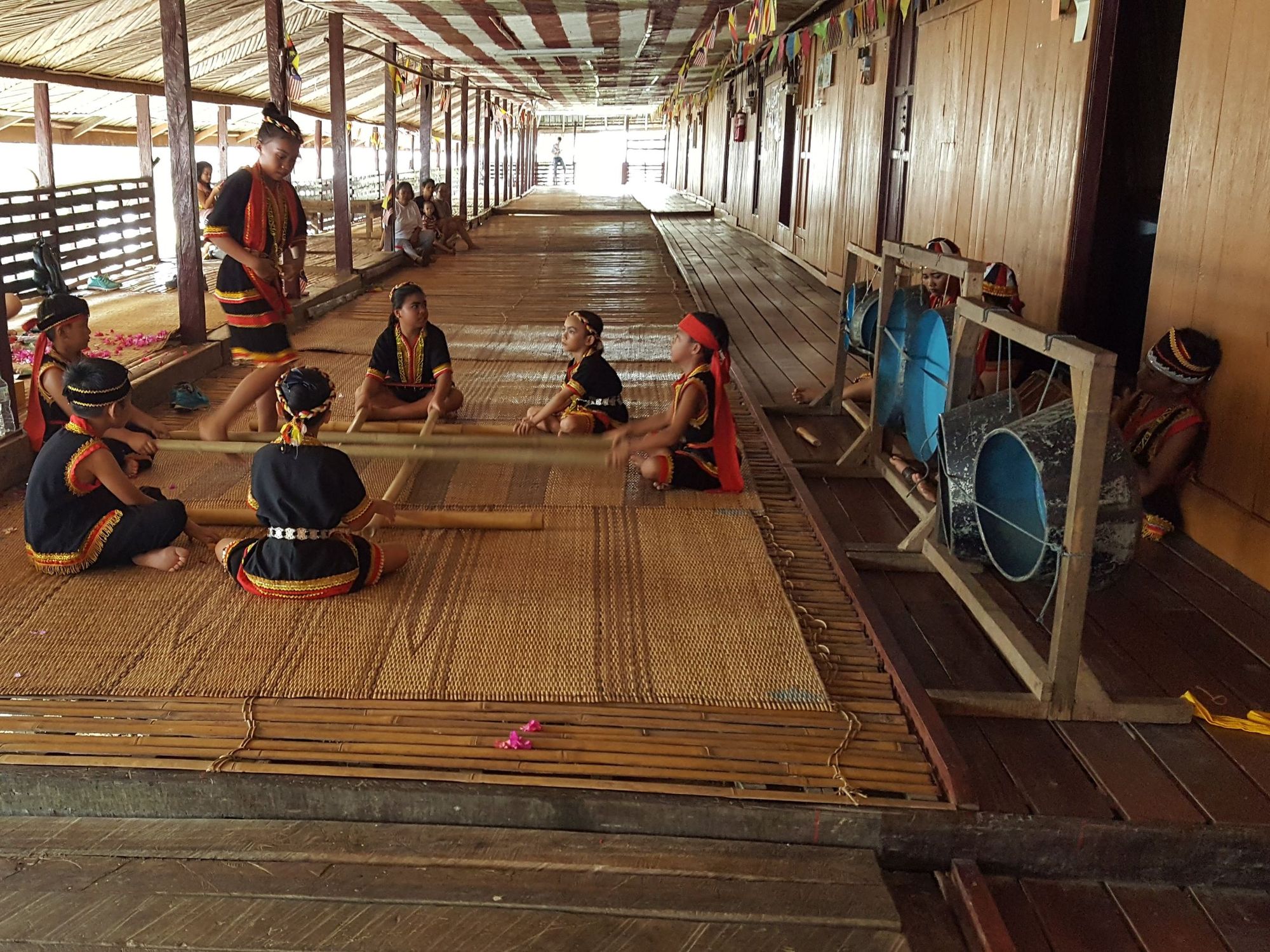
The indigenous people of Borneo are typically known as the Dayak people, though there are many different tribes, with many different names. "There are over 20 different types of tribes here in Borneo," says Chua. "There's only really one spot which is popular with tourists which is called the Batang Ai National Park - and only that area in Sarawak is more developed, whereas the rest is not."
Around the Silabur Cave, tourism is providing a crucial income for locals, who run the tours, then welcome visitors to stay in one of their longhouses afterwards. "They set up a committee on tourism that includes the representatives from the four communities there and they are now running the tours themselves; they're handling the rotation of the guides and they'll maintaining the trails," Chua says.
We hire local guides to go and visit pepper farms, and chefs for the dinner - and hosts - and buy rice wine too, and in return, you get to eat traditional meals.
The longhouse homestay experience is well known in Borneo, though it's not a wide-spread one, with most visitors heading to Batang Ai to stay in an Iban longhouse (with Iban, or 'Sea Dayak' being one of the tribes in the area). By diversifying this tourism, more people are able to benefit - and experiences aren't driven by consumer demand and over-commercialised.
"It's about that authenticity and making it an authentic experience for travellers," says Chua. "And of course, about the community. We hire local guides to go and visit pepper farms, and chefs for the dinner - and hosts - and buy rice wine too, and in return, you get to eat traditional meals.
"Not a lot of the tribes are involved in tourism. But community-based tourism is growing. It's supplementing their income - and I think they're doing very well."
5 of the Best National Parks to Visit in Sarawak, Borneo
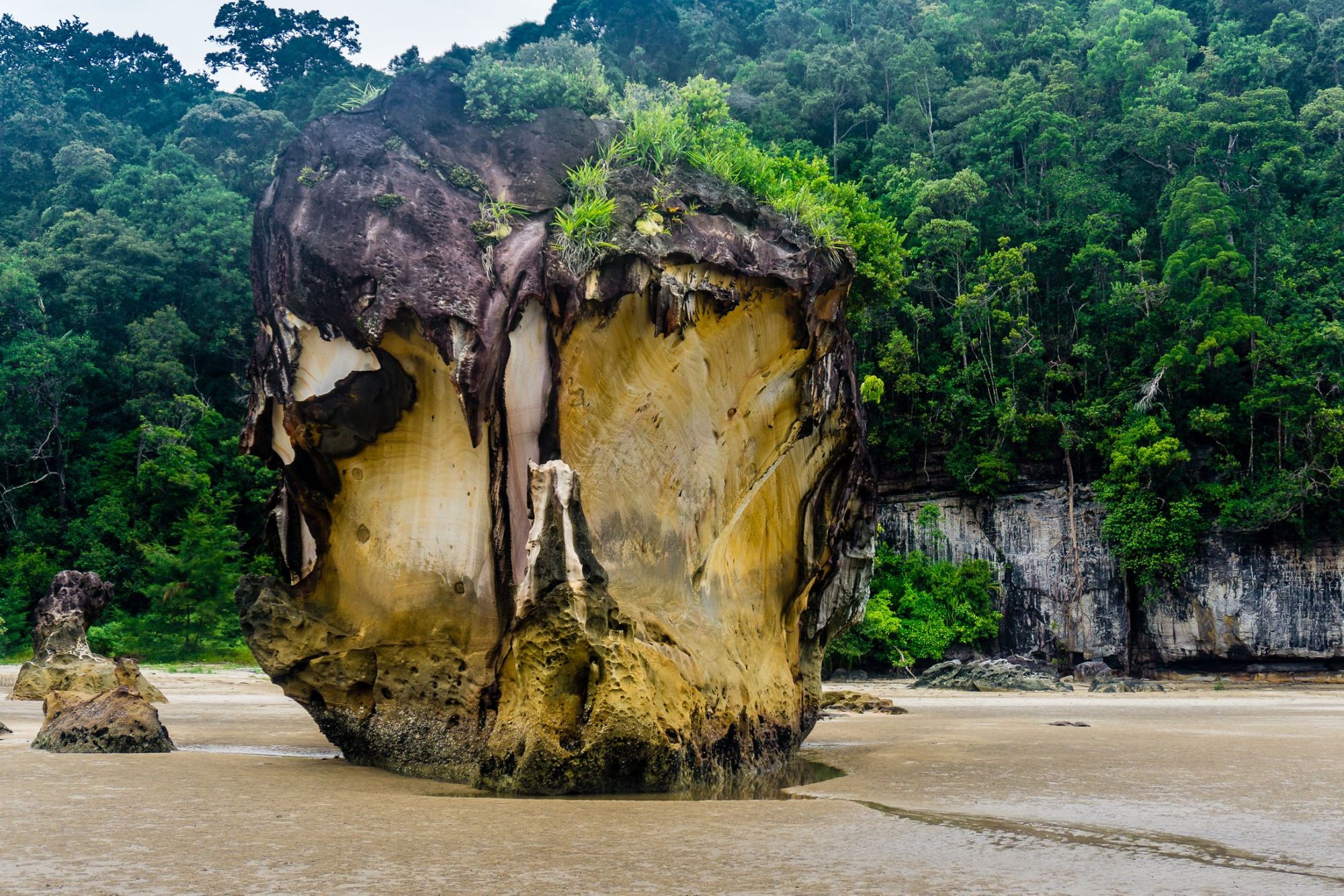
Malaysian Borneo is alive with beauty, and thankfully, in many places that beauty is protected. Sabah is home to five national parks - but there are a full 30 national parks in Sarawak.
“Our coast is dominated by rainforest here,” says JC Chua, who runs Paradeso Borneo. “But we have different types of landscapes - from the coastal jungle, inland, up to the highland area, where you get a different type of vegetation. We have big mountains, karst formations, these great rivers, and all of this provides different habitats for different wildlife.
"We’re very lucky here in Kuching. We are surrounded by around 20 national parks and nature reserves, so it's not very far - it’s only 20km or 30km before you hit another attractive area with completely different habitats and wildlife.”
So, where should you start when it comes to which national parks to visit? Here, we’ll give you an introduction to each of the preserves we mentioned in our itinerary above.
Bako National Park
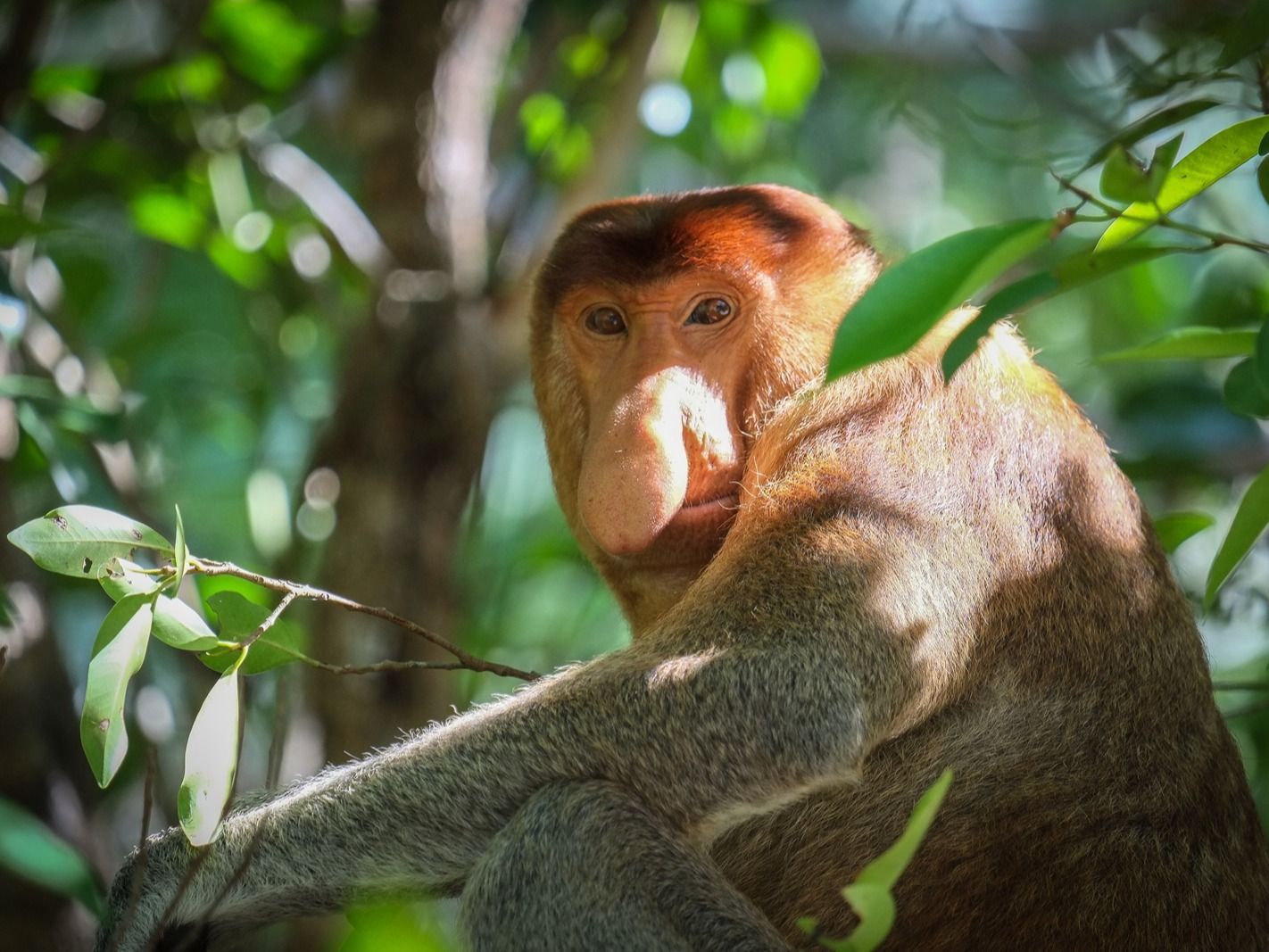
While this coastal park is often on the standard Borneo itineraries, it’s well worth going to see the endemic, proboscis monkeys. These animals aren’t hard to spot here - and neither are the bearded pigs or long-tailed macaques, which hang out on the rocky peninsula. Here, misshapen sea stacks rise out of the water on the coast, while inland, rainforest and waterfalls await.
“This is one of the most famous parks in Sarawak,” says Chua. “It’s quite small, but to get there you need to take a boat. Bako National Park is famous for the proboscis monkey, with the unusual nose. I remember staying overnight there once, and during sunset, seeing the proboscis monkeys jumping from tree to tree, in a herd, carrying their babies. It’s a highlight.”
Kubah National Park
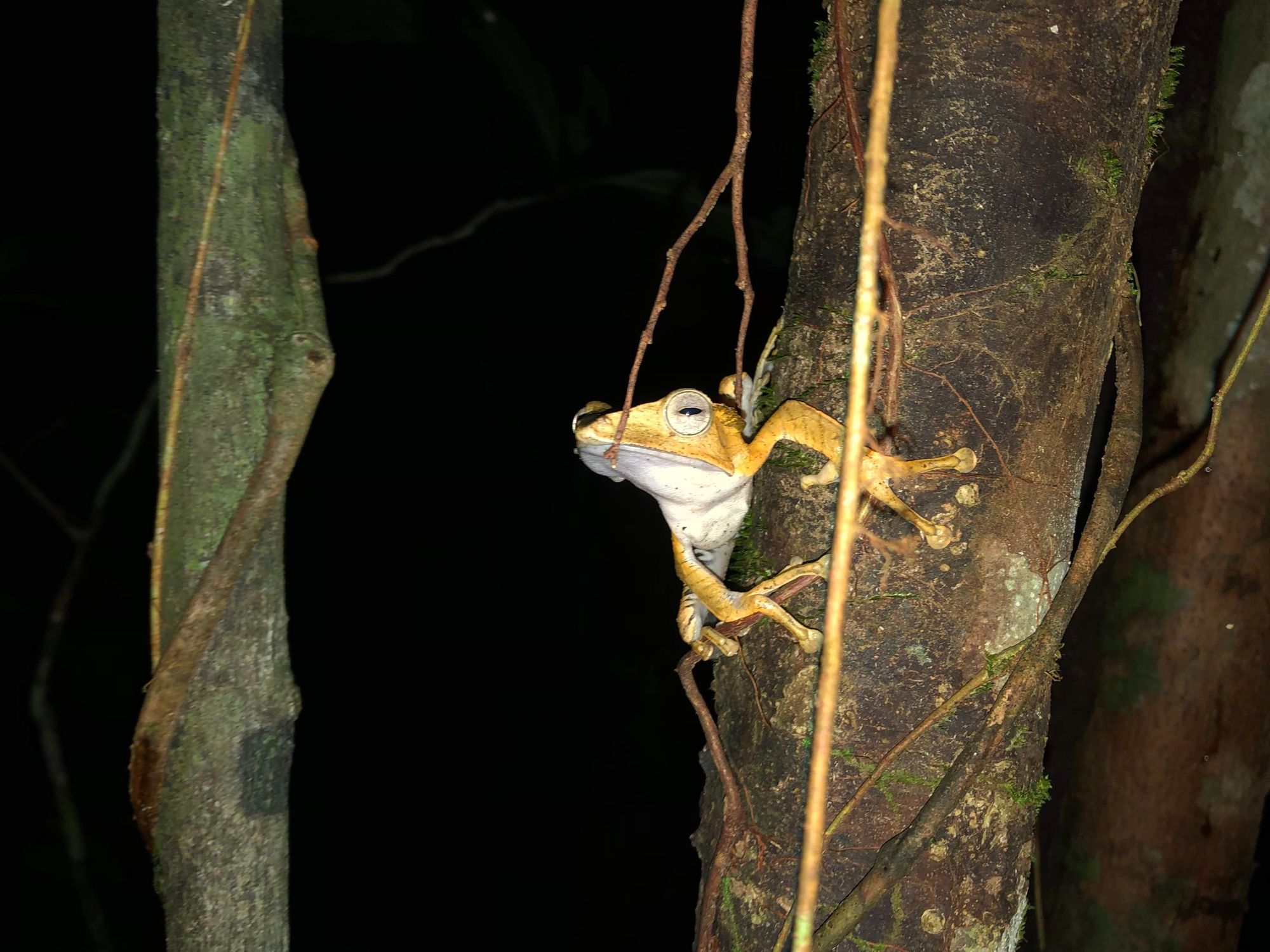
The Matang Range which sits behind Kuching is the Kubah National Park. A short day-trip from the city, this is a landscape dominated by three huge sandstone mountains - Gunung Serapi, Gunung Selang and Gunung Sendok. “Kubah national park is famous for palm trees,” says Chua, “There are all sorts of different species - and at night, it's famous for frogs. There are many species of frogs, so we arrange frog tours to this park too.”
These range from the Bornean horned frog to Wallace’s flying frog - which used its webbed feet to glide - to the Harlequin tree frog and black spotted tree frog.
There’s a fantastic waterfall trek, and a well-developed network of hiking trails too.
“From here, it’s a four-hour trek to Matang Wildlife Centre. It's a great trek, past some really nice rivers, and at the end, you get to explore this great centre, where they rehabilitate animals," Chua says.
Tanjung-Datu National Park
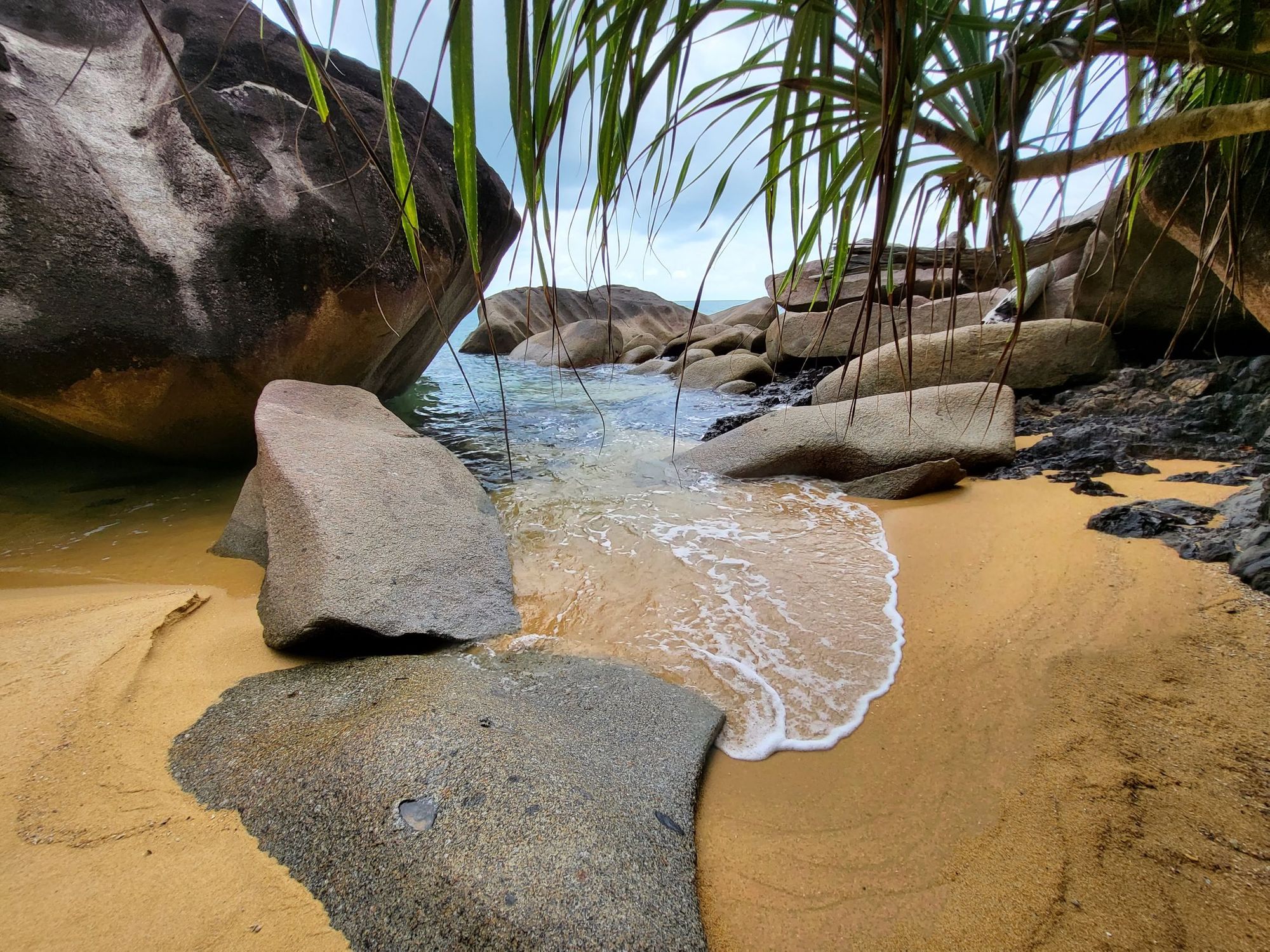
There are four hiking trails in this park on the westernmost tip of Sarawak’s coastline. This is one of the smallest national parks in the state - and it’s not too easy to get to either.
This is a landscape of mountain streams, vibrant coral and Rafflesia flowers - which are amongst the largest in the world.
“Tanjung-Dato is one of the more tricker parks to reach,” says Chua. “It used to be very difficult to get to, but recently the highway has reached there, so now it only takes around 20 minutes by boat. The way we design it is that we boat in, and then we trek out from the national park. The trekking on the beach is very beautiful, with white sands and smooth rocks, and you can see a variety of kinds of animals there too - and visit a turtle hatchery.”
Santubong National Park
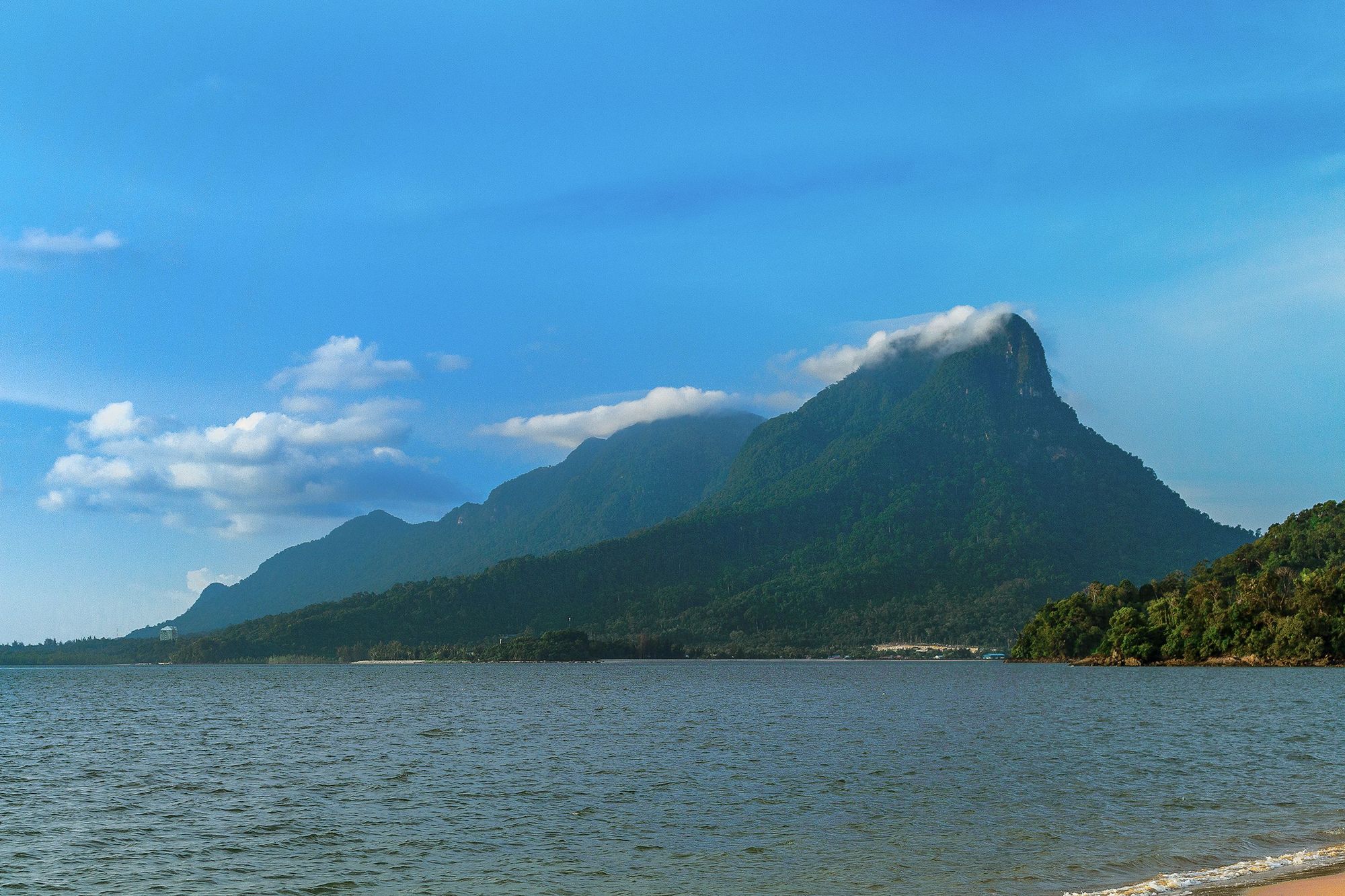
Situated on the Damai Peninsula, 35km north of Kuching, the Santubong National Park is a coastal area dominated by the Santubong mountain itself. The most popular activities in the area include a challenging trek to the top of the mountain, and trekking to a scenic waterfall for a swim. “It is a beautiful area,” says Chua.
Taland-Satang National Park
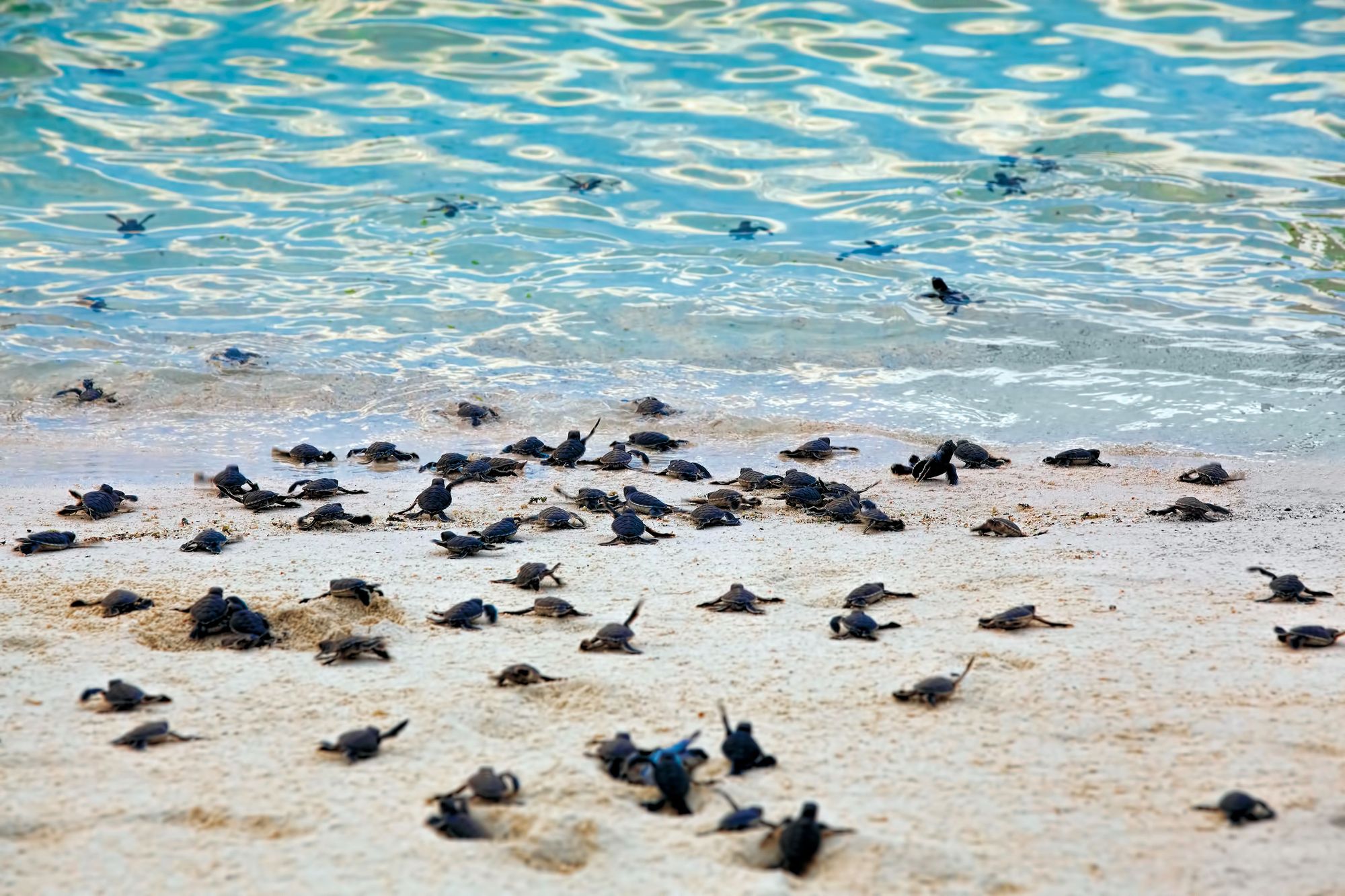
This is a marine national park, which was created in order to protect an endangered species of turtle, which you might be lucky enough to see if you go snorkelling in this area. Visitors can only come here for day trips, with conservation of the turtles rightly taking priority over tourism here, but the coral reefs are also home to sea snakes, coral snakes, stonefish and cone shells.
Semenggoh Nature Reserve
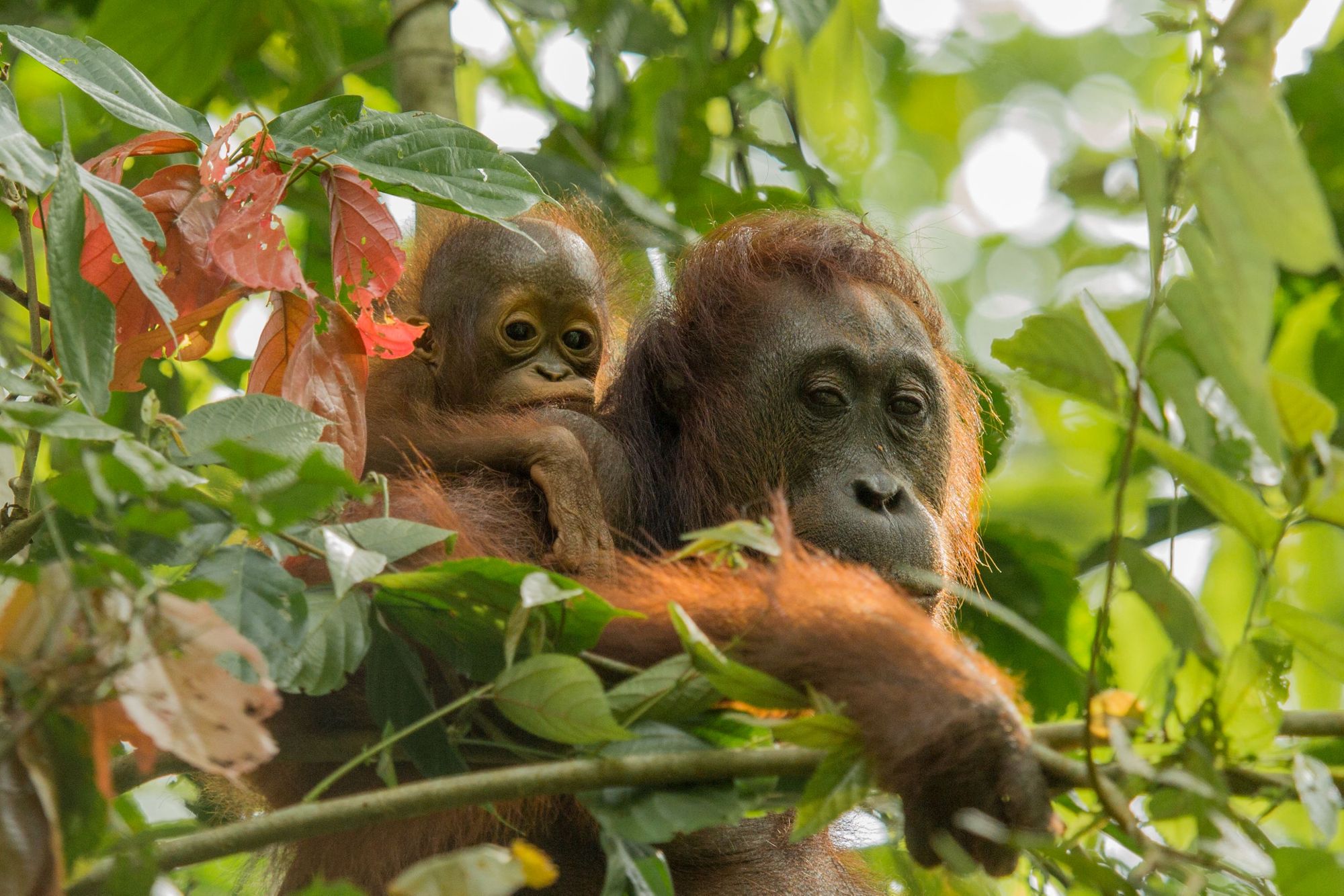
Seeing an orangutan in the wild in Borneo is truly special, but it does require you to visit extremely remote areas (and even then, as with any nature, there are no guarantees). Animals don’t sync up with our schedules, as you well know. But there are two places in Malaysian Borneo you can reliably go to see orangutans - Sepilok Wildlife Centre in Sabah and Semenggoh Nature Reserve in Sarawak.
So, should you choose Sepilok or Semenggoh?
Sepilok is typically a lot busier than Semenggoh, as it’s in the busier area of Sabah. Particularly at the feeding time in the morning, it's very busy, as many arrive for this, head on to the Sun Bear sanctuary next door, and then head either back to Sandakan or on down to the Kinabatangan River. But both of these spaces offer the chance to see orangutans up close.
As Semenggoh is a semi-wild environment, you don't have an absolute guarantee of a sighting, but it's more likely than not.
You can see the mother carrying her orangutan baby, coming down from the tree, and it's a mesmerising experience.
“Twice a day, the park ranger will call out, during their feeding times,” says Chua. “If they are not hungry they will not come out, so it is not a guarantee. But you have a very good chance.
“You don't need to hike into the jungle, so it makes it slightly easier, and the experience is fantastic. You can see the mother carrying her orangutan baby, coming down from the tree, and it's a mesmerising experience.”
While these orangutans do live in an environment controlled by rangers, the animals are wild - an important fact to remember when visiting. While the viewing area at Semenggoh can get busy too, tourists only have access to a small part of the sanctuary forests the animals live in.
A Note on Conservation
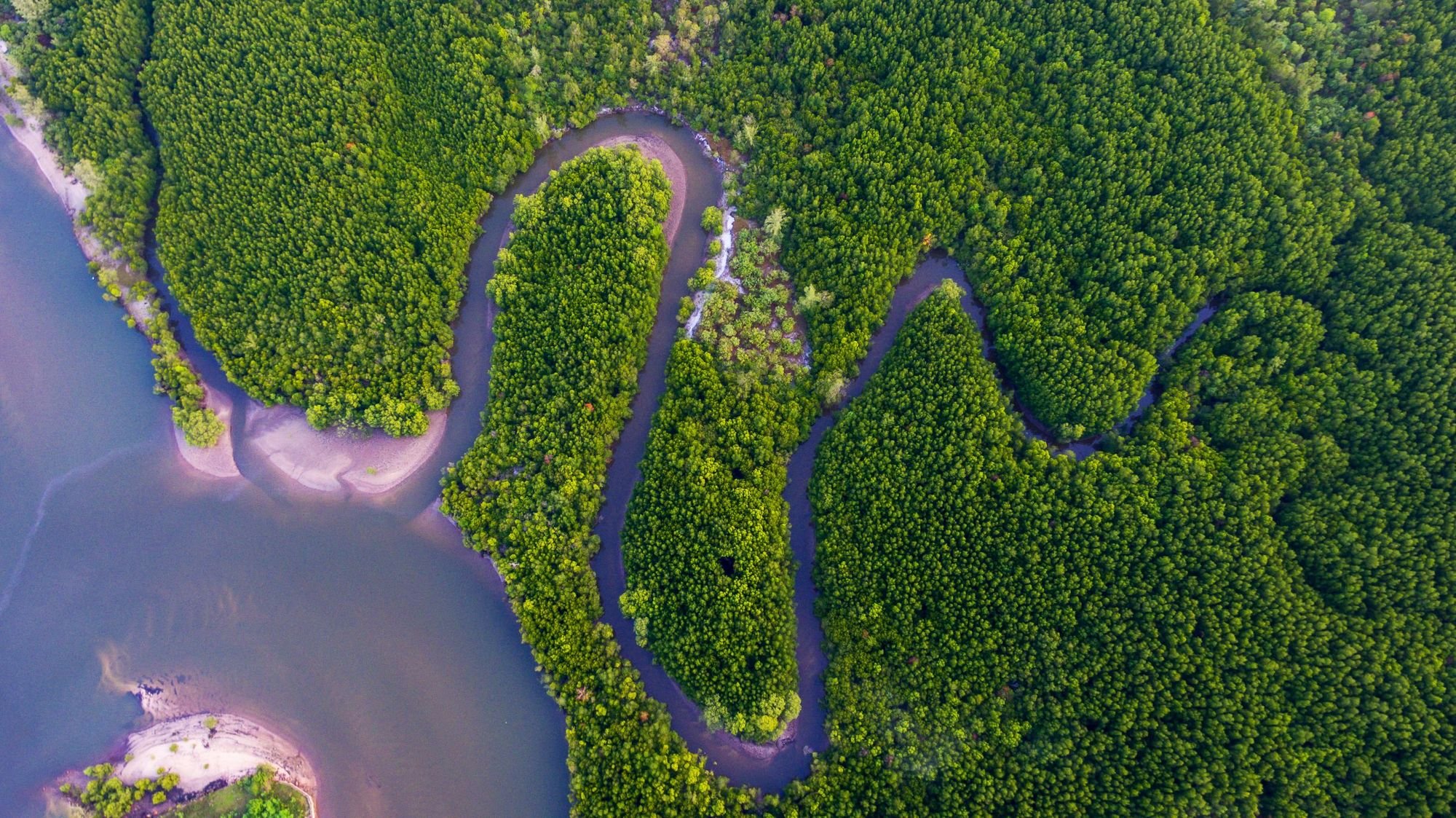
With great nature comes great responsibility, and Borneo knows all too well about this.
The island suffered from illegal logging for a long time, which has left scars on the landscape which you are likely to see if you visit. Many areas were legally logged too, to make way for palm oil farms fulfilling the global demands of consumerism.
Chua says that logging is “no longer that big an issue, mainly because there isn’t that much left” to log, with national park status now protecting a lot of what remains. There are other issues, though. “The issue is now oil palm,” he says. “Rather than let the land regrow to secondary forest, a lot of it has been cleared to accommodate oil palm. In some places they go on for millions of acres - something you’ll see in Malaysia and Indonesia if you go to certain places.”

JC hopes that tourism can help.
“As more tourists come, if they comment on the oil palm, or the logging, it becomes an issue - particularly as tourism becomes more important as a driver of the economy,” he says. “Then, the government has to take notice and protect our environment. So, as a tourism player, we don't mind people commenting on it. Actually, the more the better.”
Inspired? Check our our jungle and wildlife adventure in Borneo now!

